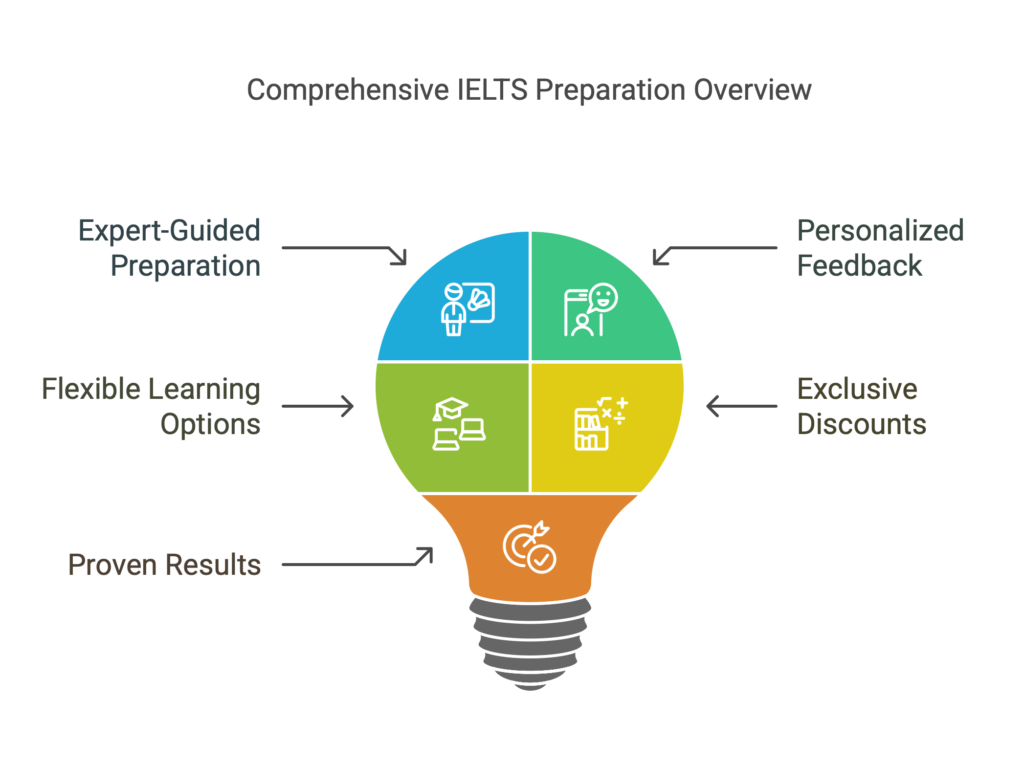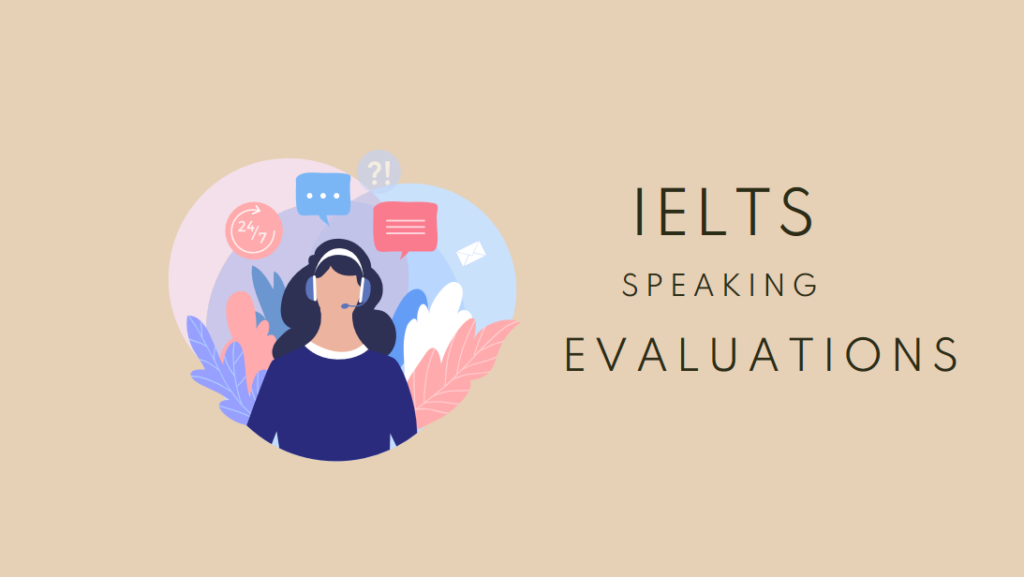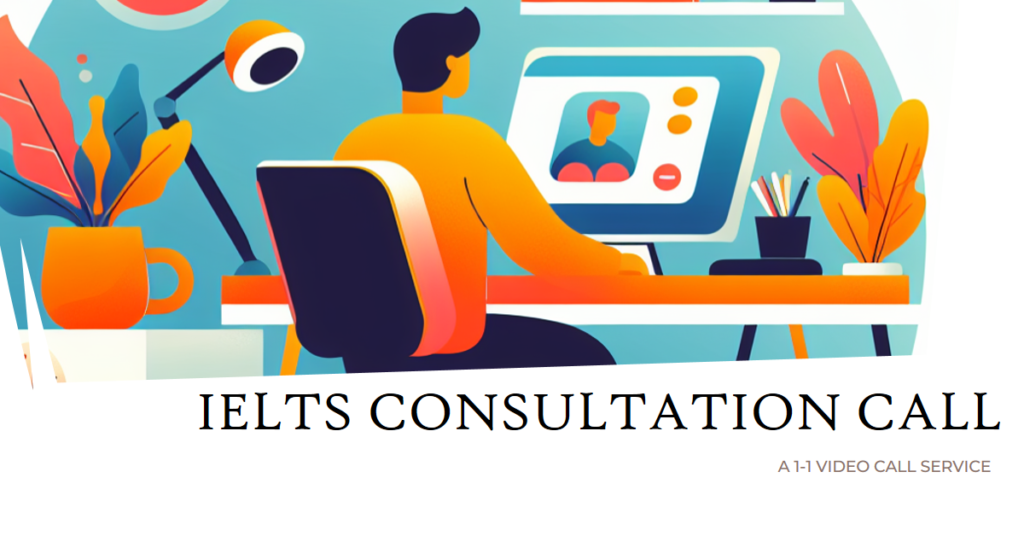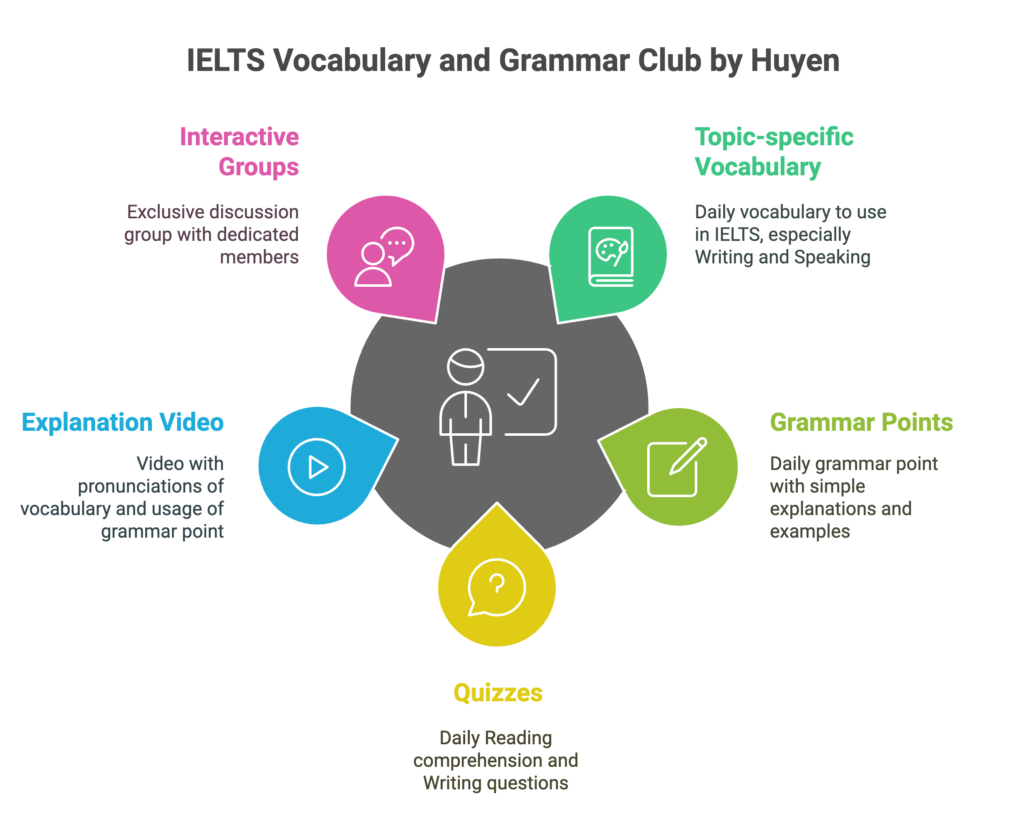If you’ve been told to use “skimming and scanning” – IELTS Reading test, you’re not alone. It’s one of the most common strategies taught to learners. But honestly? It’s also one of the most misunderstood.
Let me say this loud and clear:
👉 The IELTS Reading test is not about speed or keywords. It’s about purpose.
Yet so many learners are trained to treat it like a race. They skim for the main idea, scan for keywords and end up confused, stressed, and second-guessing every answer.
So what’s the solution?
Let me introduce you to the 3L Technique – a simple, practical strategy I created that actually works under exam pressure. It helps you approach each question with clarity, logic, and control.
Join IELTS Masterclass – Specific topics, no bluffing, just strategies that work!

Why Skimming and Scanning Doesn’t Work for Most IELTS Learners 😩
Here’s the problem:
Most people don’t actually know how to skim and scan effectively, especially when under exam pressure. So this is what usually happens:
❌ Skimming becomes speed reading. You fly through the passage without understanding anything meaningful. You’re not sure what you’re looking for, so you retain… nothing. 😅
❌ Scanning becomes keyword hunting. You pick a word from the question and try to spot it in the passage. But most questions in IELTS Reading contain information that is already paraphrased from the text. Keywords in those questions don’t exist in the text.
❌ Both lead to panic. When the keywords aren’t there or the paragraph is long, your brain freezes. Then you panic.
Let’s be real: these techniques only work if you already have strong reading and reasoning skills. But if that were the case, you probably wouldn’t need strategies at all!

What Is the 3L Technique? 🧠✨
A Smart, Structured Method to Boost IELTS Reading Accuracy
3L stands for: Look – Locate – Lock
It’s a step-by-step strategy that helps you read with purpose, not pressure. And it works brilliantly for tricky question types like:
True/False/Not Given
Yes/No/Not Given
Multiple Choice
Matching Information
Sentence Completion
Let’s break it down 👇
1. 🔍 Look – Understand the Question First
Start with the question, not the passage. Don’t rush. Take a moment to really understand what you’re being asked.
👉What kind of questions are these?
👉Do you need read the questions first or read the text first?
👉What idea or relationship is the question testing?
👉 What do you need to prove or disprove using the passage?
📌 Example:
“The museum is open every day of the year.”
You’re not just looking for “museum” and “open.”
You’re testing whether it’s open every single day, no exceptions.
2. 📍 Locate – Find the Most Likely Area
Now that you know what to find, go to the passage and narrow down the location. Use understanding + logic to guide you.
Don’t read the whole paragraph. Just find the lines where the info is likely to be.
📌 In our museum example, look for parts of the passage mentioning dates, public holidays, or opening times.
If you find: “The museum is open daily except on public holidays,”
Bingo! You’ve found your section.
3. 🔐 Lock – Confirm the Meaning and Answer
Now pause. Slow down and read this part carefully.
Don’t jump to conclusions or assume anything. Focus on exact meaning.
📌 The question says: “The museum is open every day of the year.”
📌 The text says: “…open daily except on public holidays.”
→ The correct answer is False — because it’s not open every day.
🎯 You’ve locked your answer using logic, not guesswork.

3L Technique versus Skimming and Scanning 🚀
| Problem with Skim/Scan | How 3L Fixes It |
|---|---|
| Vague and unstructured | Gives a repeatable method |
| Only looks for keywords | Focuses on meaning in context |
| Easy to misread | Forces you to slow down and think |
| Doesn’t train logic | Strengthens decision-making skills |
| Struggles with hard questions | Adaptable to any question type |
You don’t need to read or spot the words faster.
You need to read smarter. That’s the 3L difference.
Final Advice: Accuracy First, Speed Later 🐢⚡
When you’re just starting out, don’t try to do full tests. That leads to rushed answers and bad habits. No more ‘skimming and scanning’ – IELTS Reading.
✅ Instead, practice 3L one question at a time.
✅ Focus on building your accuracy and confidence.
✅ Speed will come naturally as your understanding improves.
Trust the process. The 3L Technique has helped hundreds of my clients approach IELTS Reading with more clarity, logic, and peace of mind and it can help you too.
Ready to try it? Let’s practice the 3L Technique together 🔁
Check out Practice9’s FREE custom AI IELTS Reading Trainer built on the 3L Technique.👉 Click here.
Book your IELTS exam 👉 The Official Website of IELTS















Responses